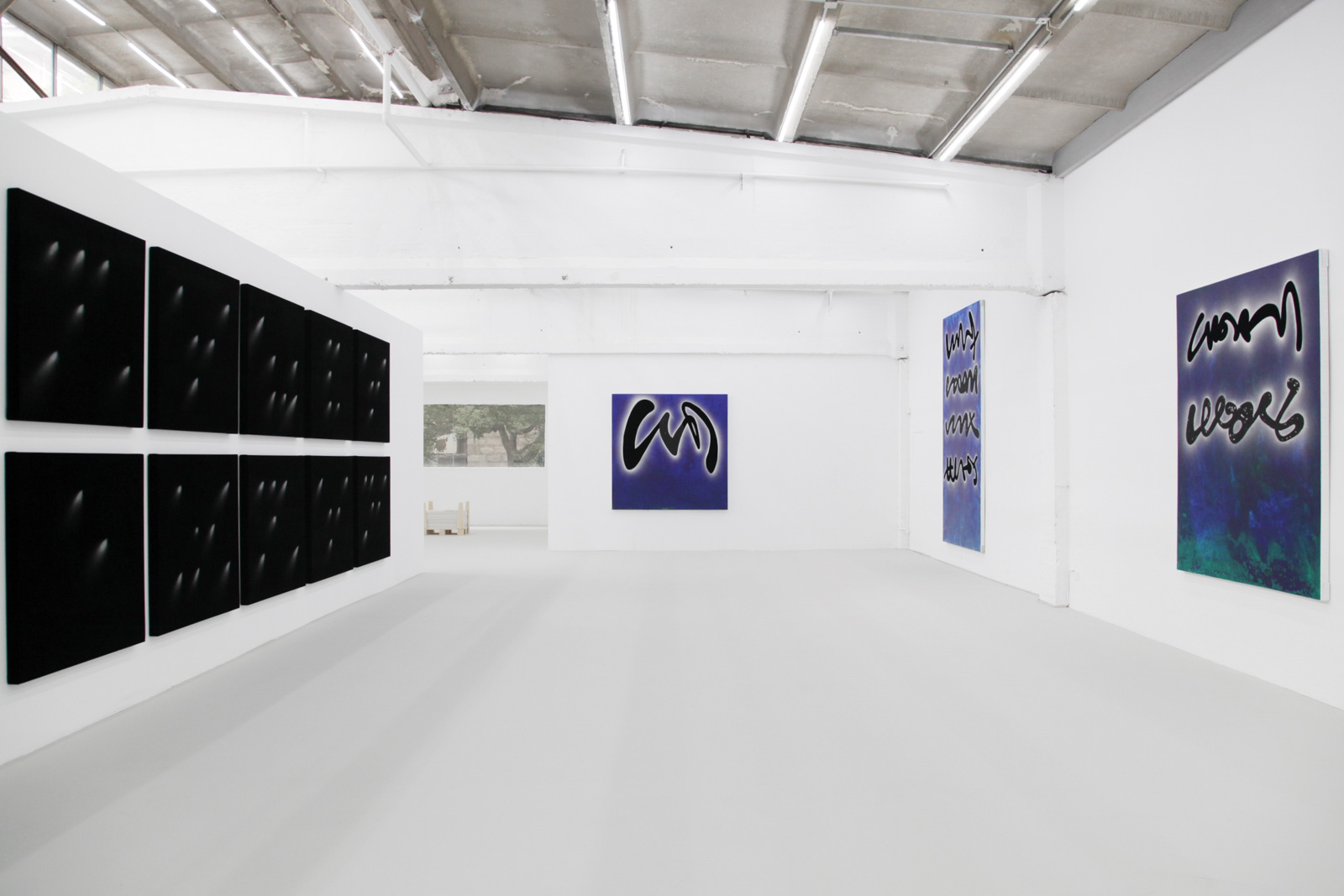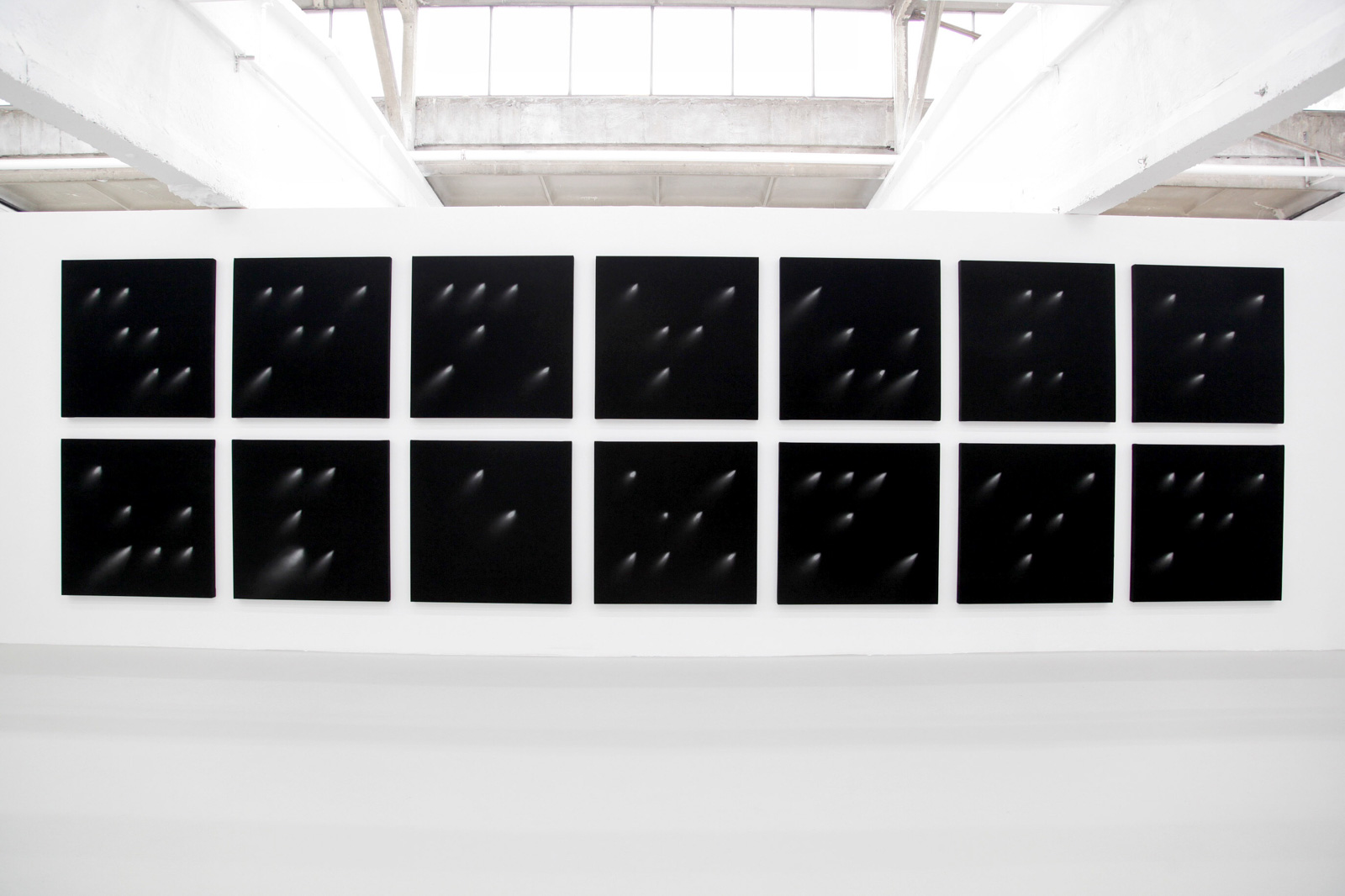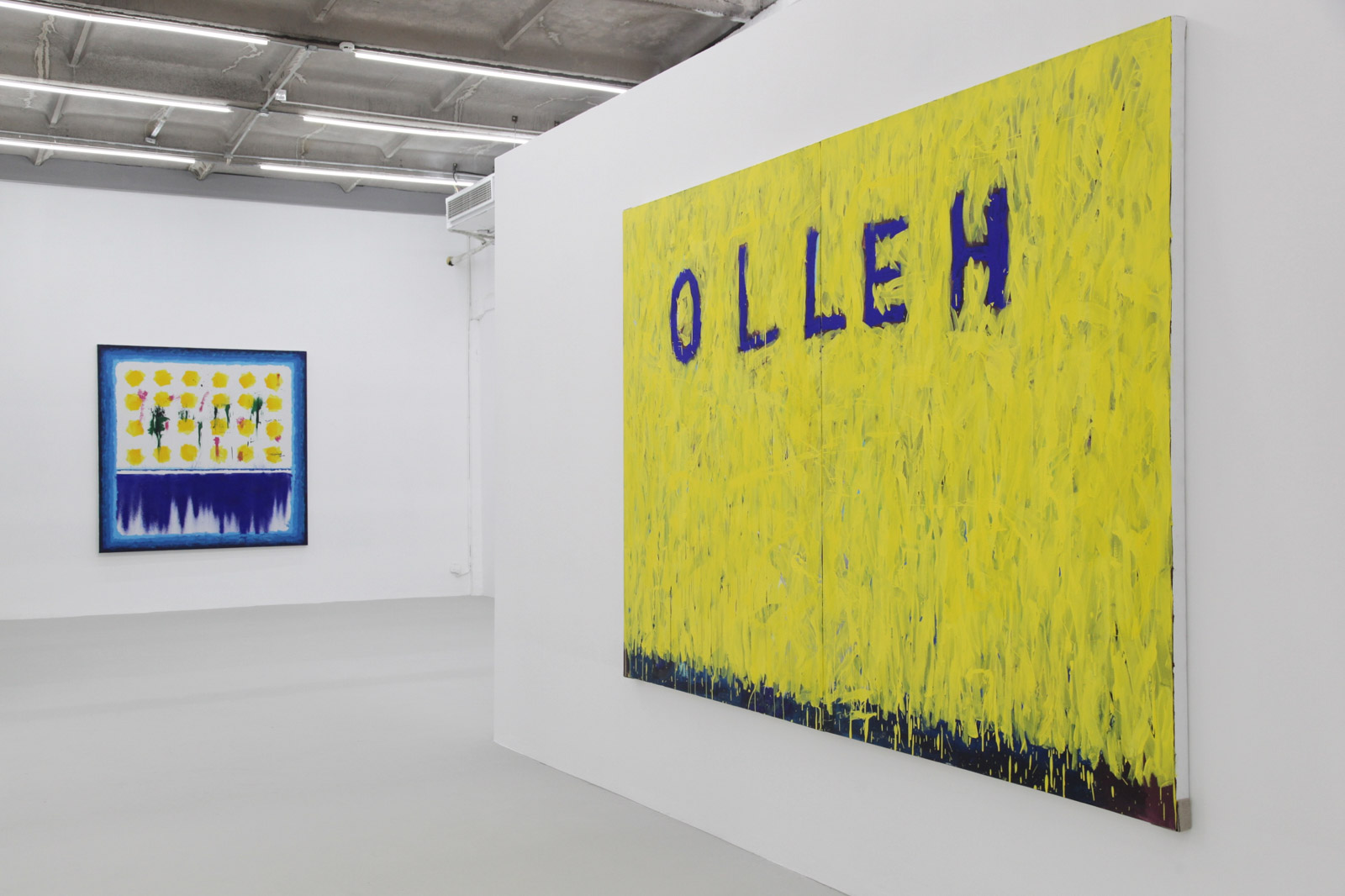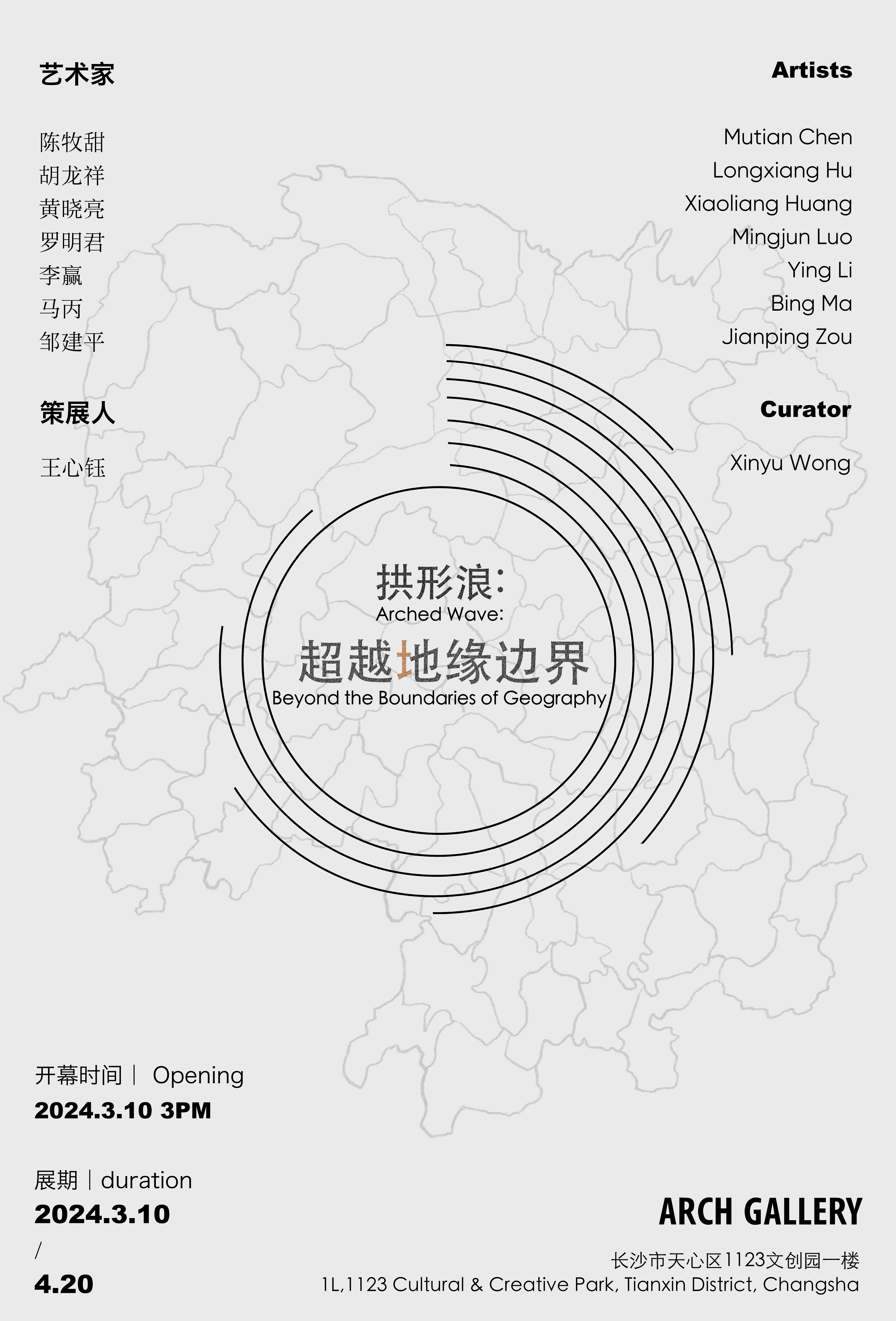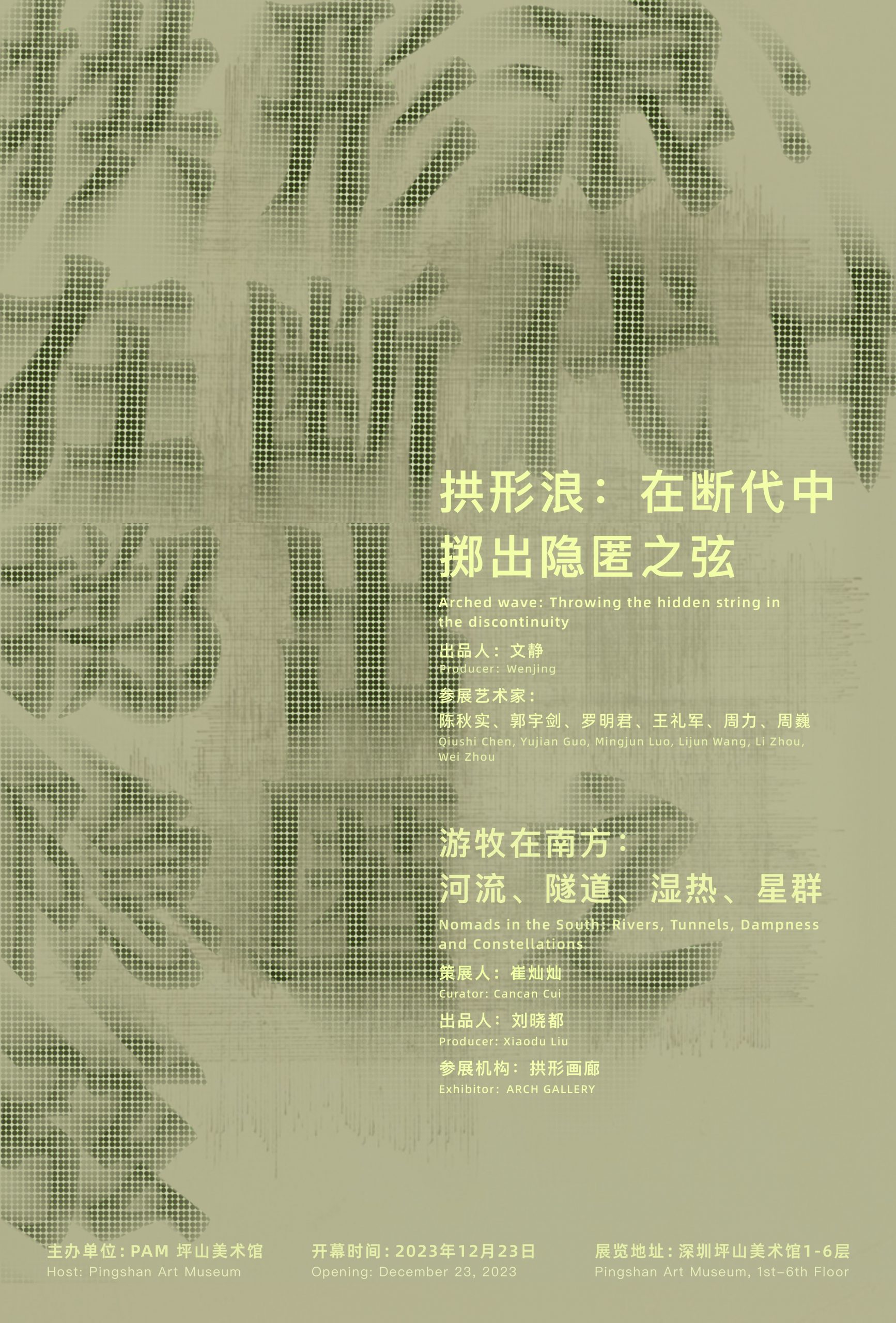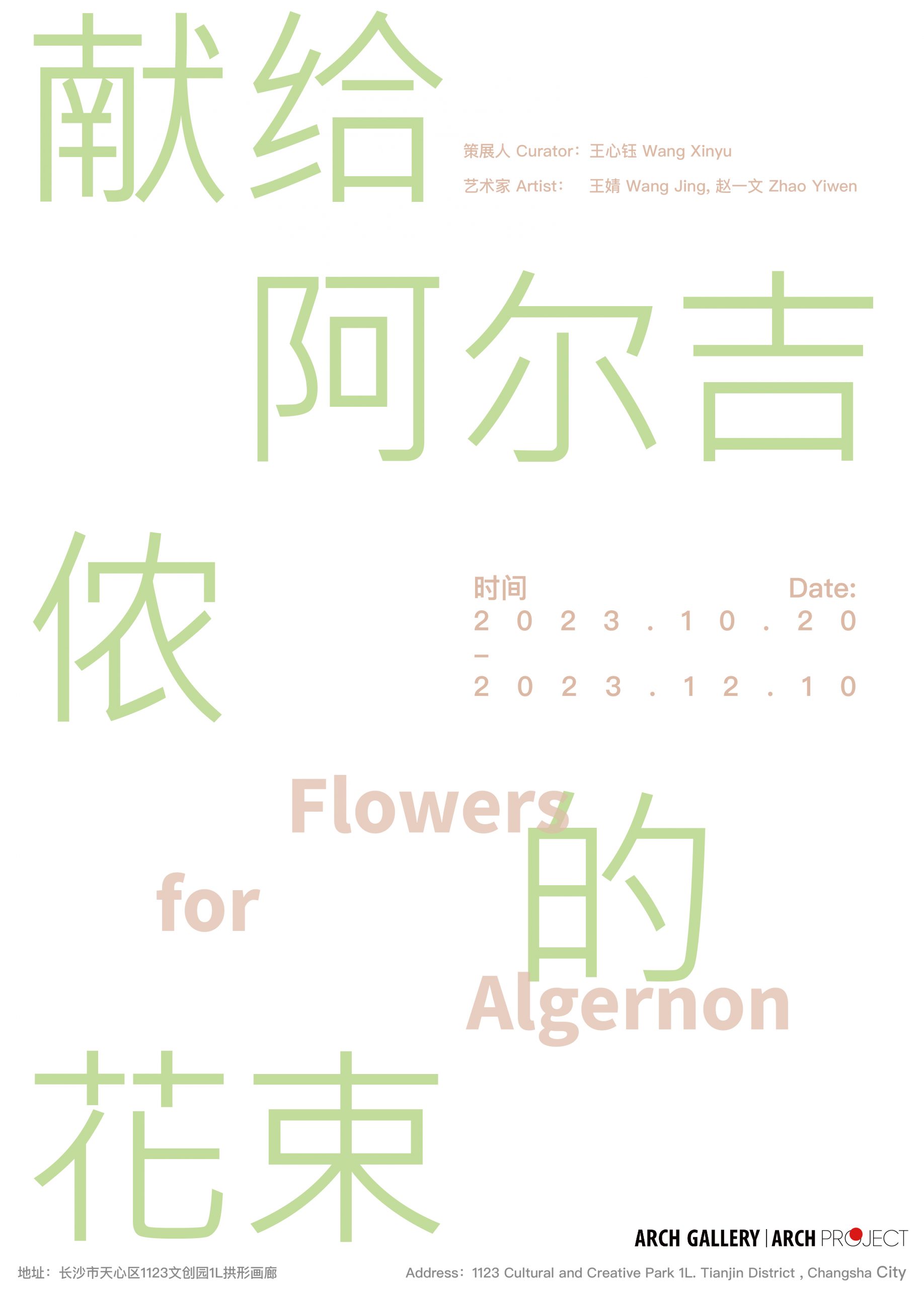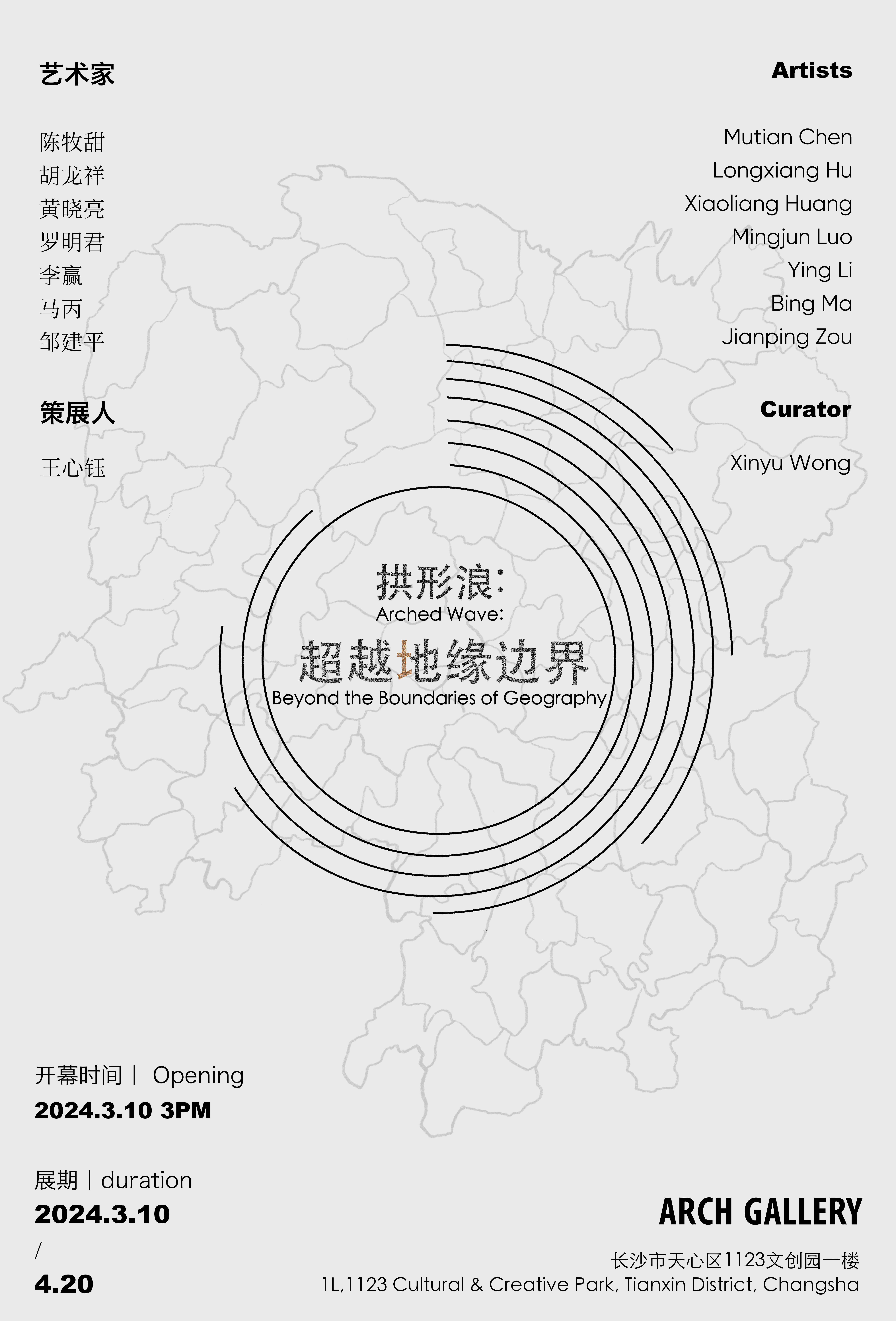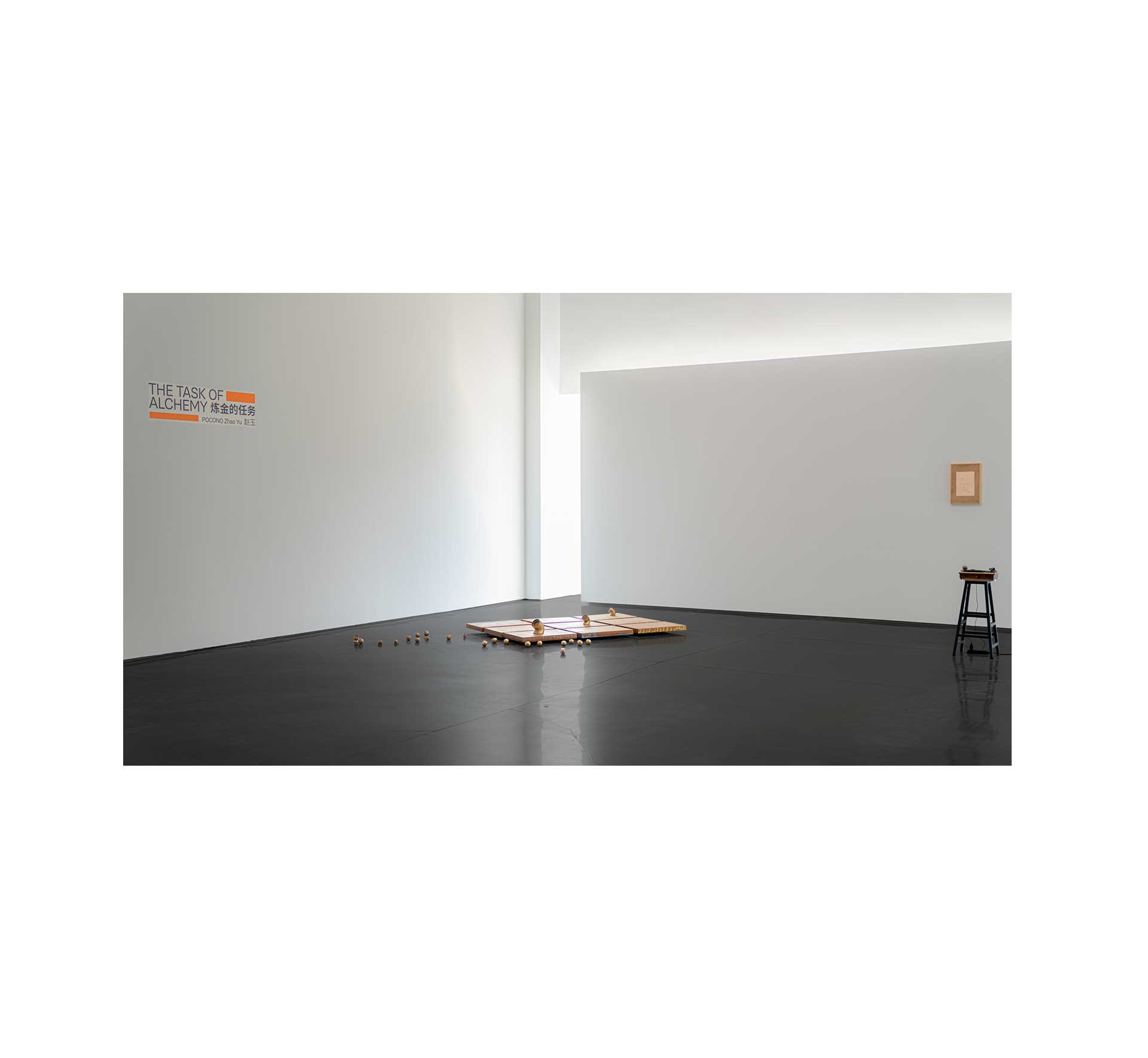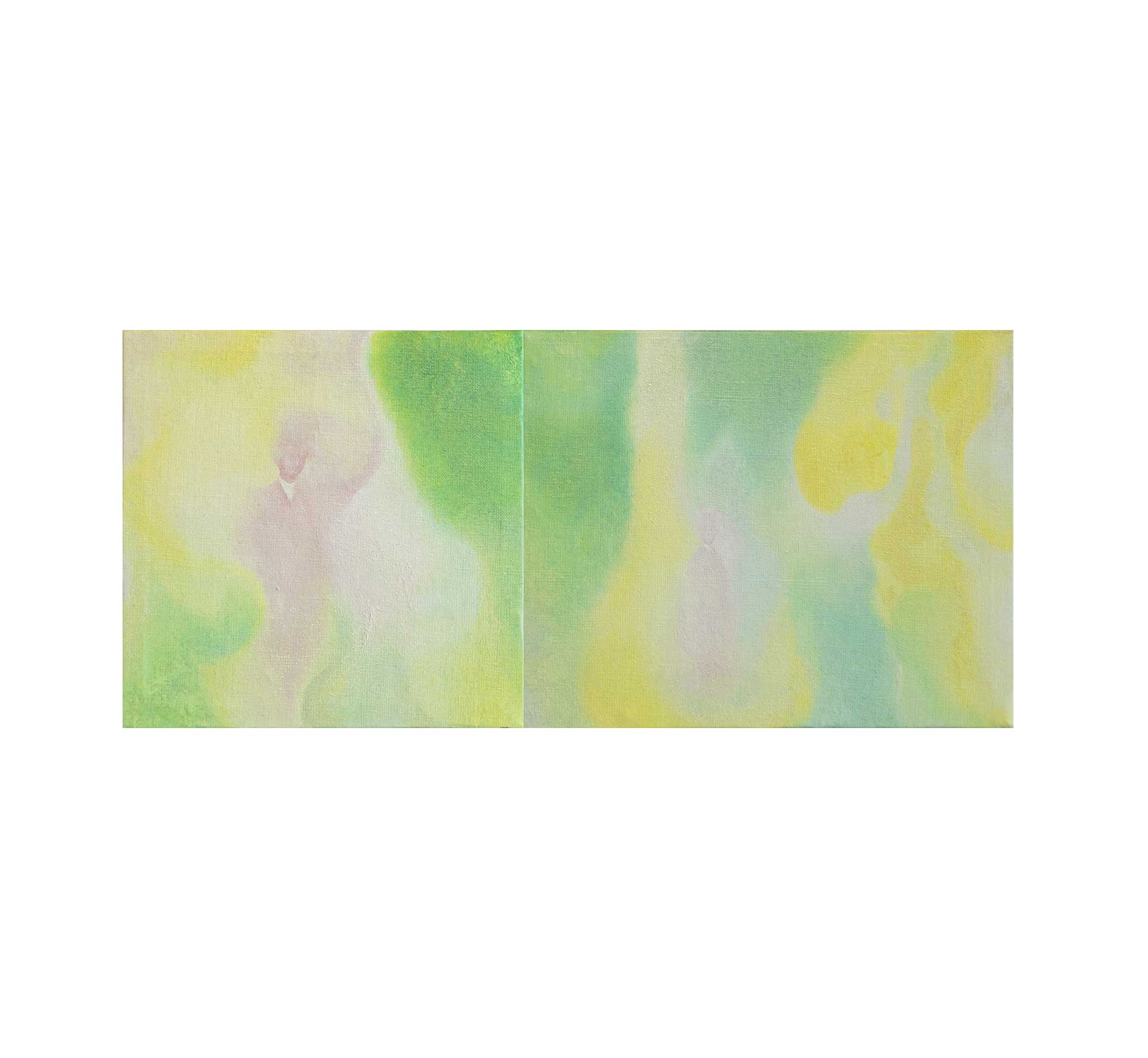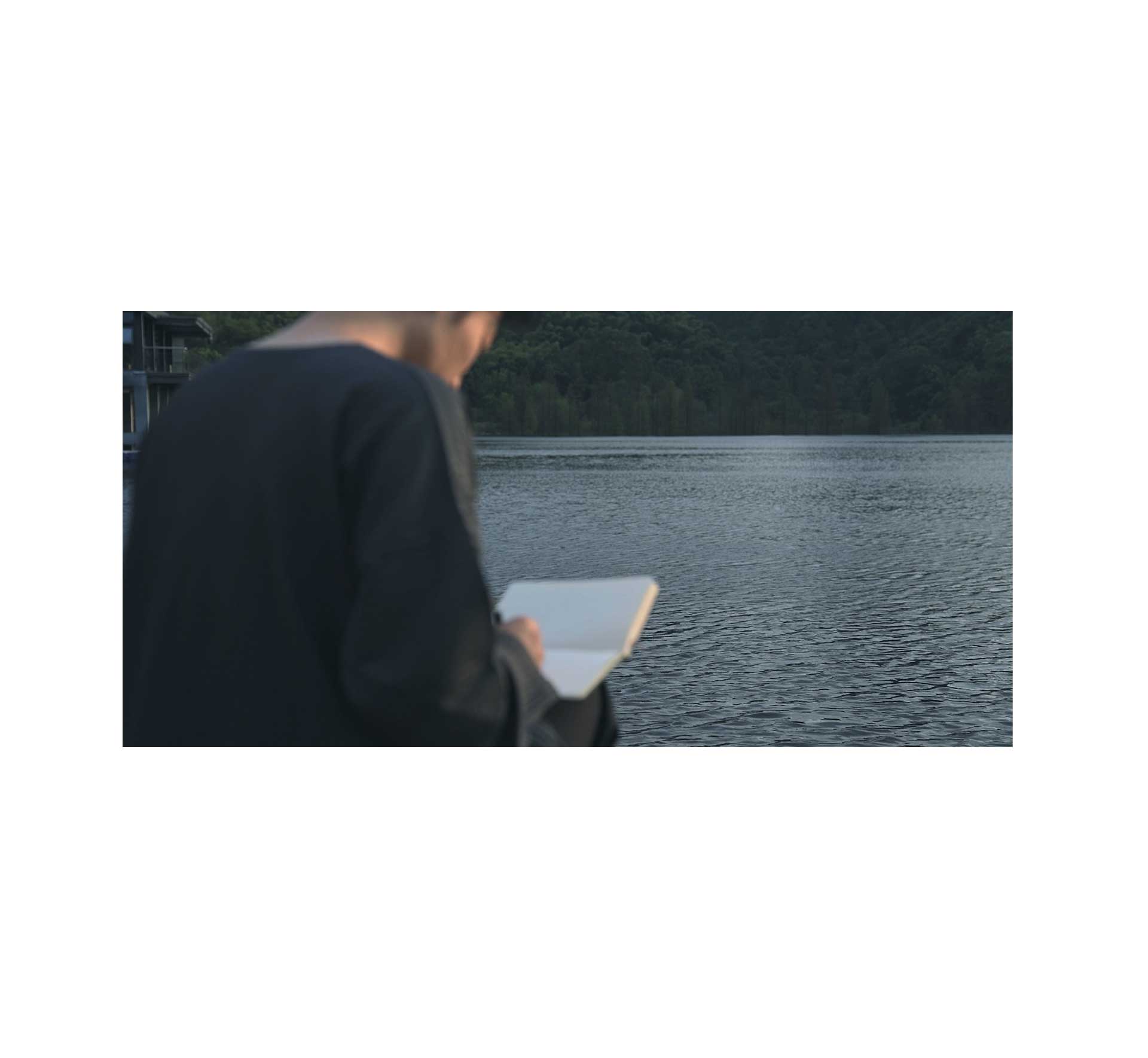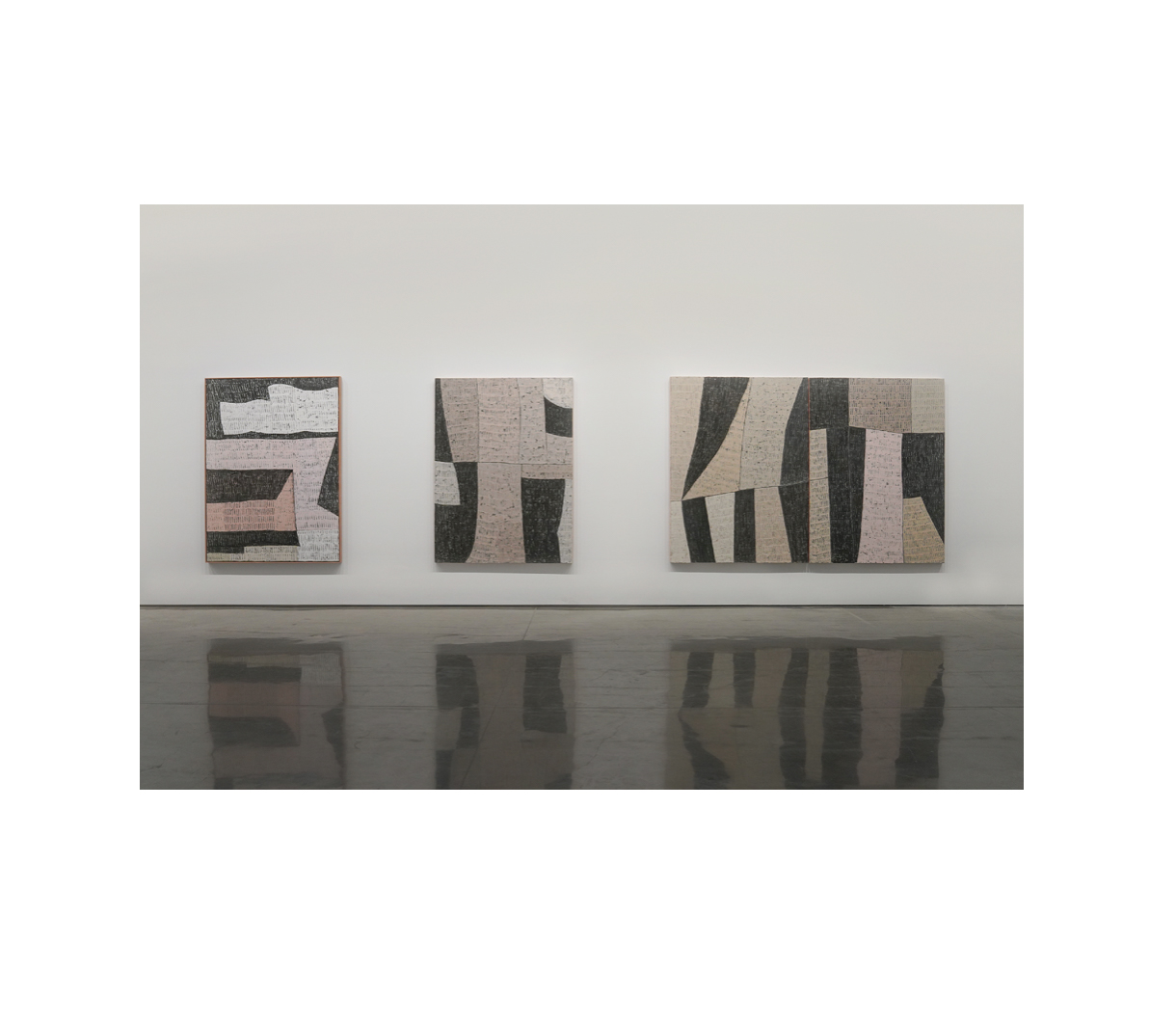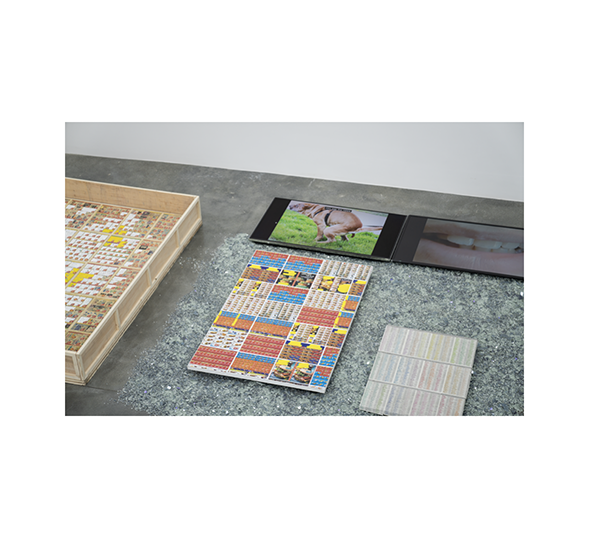

Exhibition
OLLEH
Artist:Tai Ping
If language is the murmur of everything that is spoken, Taiping’s works will constantly change its bass vibration in the ears of everyone who enters the exhibition hall.
This phonetic change originates from the occasional and rebellious nature of the artist’s creative practice, i.e., his capture of momentary inspiration and his rebellion against the established paradigm. Through his ingenious nature, Taiping’s works show a sense of blocky division, and when we zoom in to look at these blocky areas, we will find that they are composed of fragments. As viewers, we need to observe and introspect to find difference that makes the fragments exist as what synthesize the continuity of literature.
The presupposition of difference is that Taiping remains a free attitude as an artist. This freedom is not anarchic, reversely, it is freedom governed by norms and criteria. Taiping has no intention of breaking or obliterating the cultural system and symbolic structure regulated by the elite, paradoxically but understandably, he acts through artistic practice, ridiculing the law of the art world like babbling with friends at midnight.
Taiping assumed himself as an object that is experimented on and criticized to satirize the already rigid ideological deception. Thus, he became a kind of simulacre, a kind of existence that is opposite to the image of imitation, which excludes similarities and feeds on differences. The titles of works derived from Pride and Prejudice and Beyond Good and Evil, the totem symbols in the blue and black pictures, and the repetitive “OLLEH” are all contremots that act as imitations and continue arrogating existing orders.
In this methodology, simulacre becomes a cunning means of dismantling paradigm and repetition.
This also just proves that when Taiping deprived the physical content of the old form facetiously and re-enacted in the form of parody is regarded as a failure in the accepted paradigm, this“failure”is a triumph in a manner of post-modernity.


